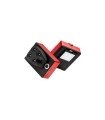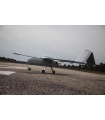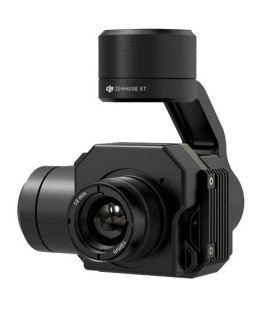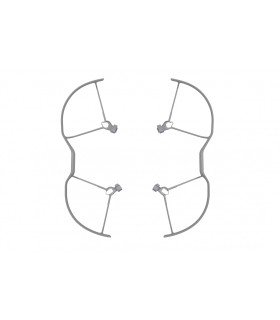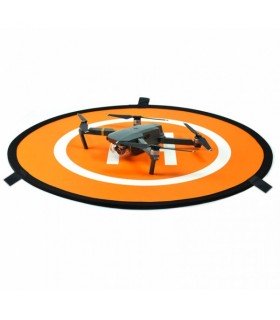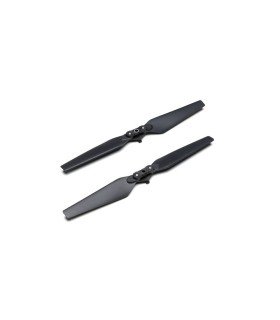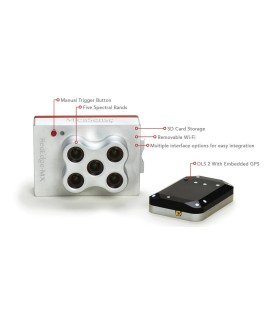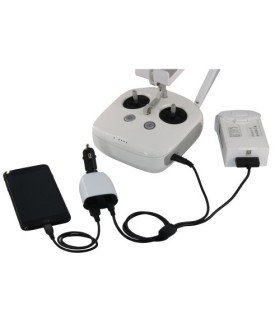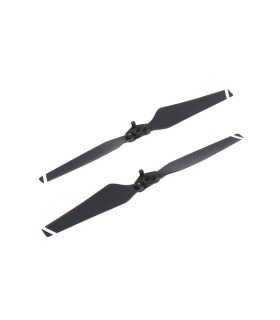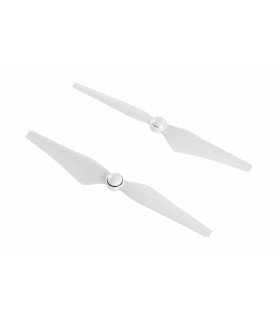Theoretical manual ULM 12th Edition Cépadues.
Theoretical manual ULM Cepadues 12th edition
Progressive, educational, guarantor of successful learning because effective and rewarding, this manual presents theory, techniques and practices necessary, the knowledge and know-how necessary.
Heavily illustrated, it provides a hands-on approach and attractive as well as easy-to-read.
Its original organization in the form of a typical progression facilitates the acquisition of all of the educational information.
Summary of the manual
Phase 1 of The machine, the regulatory environment and instrumentation
Description of the ULM
Technology and materials used
The instruments
The powertrain
Definition of the main geometrical characteristics of the device
The attitude of the ULM
The movement of the ULM
The parachute
Phase 2 The principles of flight
Why is the MICROLIGHT flying ?
The speed range and impact usable
The flight uniform rectilinear
The balance of the flight in a straight line
The balance longitudinal
The longitudinal stability
The loading, the centering, the anchor wing/carriage
Conclusion : the experience of the paper airplane
The lateral balance
The lateral stability
The maneuvers
How an ULTRALIGHT vire-t-il ?
The ULM turn
The load factor or the limitations in turn
The limitations due to the impact or the stall speed in the turn
The turning radius
The performance
Phase 3 A local flight in ideal conditions.
Infrastructure
Integration
Installation on board and settings
Visit pre-flight
Start engine...... and settings
The taxi (before takeoff)
The choice of the threshold and of the axis
The actions possible prior to takeoff
The take-off
The assessment and control of the air speed
The climbs associated with the take-off
How to choose and maintain the flying height with the help of visual references and the altimeter
Altimetry
Choice and maintenance of the path-to-ground
The prevention of collisions...
Turns
Some philosophical considerations on the return to the ground
The recognition
The elements of the final
The entry in the final
The control of the final
Use of special devices to the landing for the ULM 3-axis (speed brakes, flaps, etc)
Wingtip vortices
The rounded
The curl
The engine shut-off
The parking
Phase 4 The effects of wind and turbulence
The characteristics of air movements
Influence of air movements on the flight
A few typical situations
Phase 5 The environment weather and aérologique
The wind, temperature and humidity
Stability – instability of the air
The convection
The exploitation of thermals and sink of thermal origin, the flight thermal
The operation of the ancestries and descendants of the original dynamic
The wave
How to recognize the clouds
The disturbances - fronts
The peculiarities of the wind by the sea, mountain and plain
The METAR (Weather Terminal Area Report)
The TAF
Codes weather
The TEMSI
The map WINTEM
Phase 6 performance and limitations of the whole "Driver / Machine"
Everything that rises in the air, must come down
Phase 7 Know how to act when the failure occurs
The prevention of the breakdown and its consequences
The forced landing
Phase 8 Travel, to compose with different elements, fluctuating
The radiotelephone
The regulatory
The navigation
Phase 9 The ULTRALIGHT pilot, responsible for his machine
Purchase of a machine
Maintenance
Repairs
The changes
Phase 10 ppg
Presentation of the device
Flight mechanics
Technical use
Prevention of difficult situations
Appendix about the height of the anchor
Phase 11 human factors
The pleasure of flying with confidence and in safety : the human factors
How our body reacts in flight : notions of physiology aerospace
How our mind analyzes, considers, decides : our performance intellectual
How to manage our energy : alertness, sleep, fatigue, lifestyle
How to manage and control our stress : Managing leisure = Driving pleasure
How to avoid certain errors-dangerous : the human reliability
Phase 12 The pilot, captain
Preparation of the flight
Management of the flight
Definition of the classes of ULM




